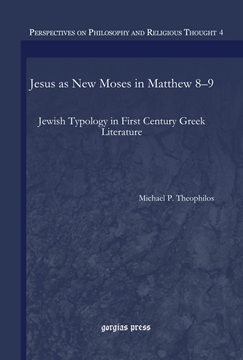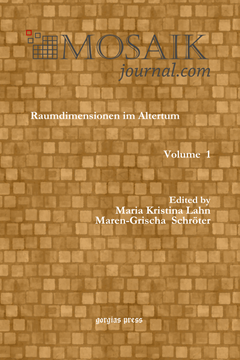Second-Wave Jewish Feminism, 1971-1991
Foundational Theology and Sacral Discourse
By Luke Devine
ISBN: 978-1-4632-0084-8
This book is the definitive critical analysis of the Jewish feminist theological project in the United States, its principal theologians and its foundational, embryonic, and more elaborated sacral discursive. The monograph critically examines each of the diverse theologians, their varied perspectives, and individual contributions, and asks will a prescriptive Jewish feminist theology ever be a reality?
$160.00 (USD) $96.00 (USD)
A 16th Century Italo-Byzantine Cross
Edited by Sheila Campbell
Series: Gorgias Eastern Christian Studies 32
ISBN: 978-1-4632-0163-0
The contributors have tried to reconstruct the mingling of two cultures, Greek and Italian, in sixteenth century Venice. This is examined through the medium of a single intricately carved wooden cross, executed by a Greek carver, with adaptations suitable to a member of the Latin church. We can identify the carver who made the cross and make some speculations about his life, and how he and his art are reflective of this hybrid culture. This type of cross seems to be for personal, rather than liturgical use, and it seems to be intended for private meditation on the Passion.
$165.00 (USD) $99.00 (USD)
Festgruss an Rudolf von Roth
zum Doktor-Jubiläum 24 August 1893
ISBN: 978-1-61143-686-0
Rudolf von Roth (1821-1895) was a prominent German philologist. In this Festgruss, forty four of his colleagues and students presented him papers on various topics on the occasion of his Doctor-Jubiläum. They included luminaries like Theodor Nöldeke, William D. Whitney, Edward V. Arnold, and others. The topics discussed are mostly philological covering a wide range of eastern languages, both Semitic and Indic.
$140.00 (USD) $84.00 (USD)
Jesus as New Moses in Matthew 8–9
Jewish Typology in First Century Greek Literature
ISBN: 978-1-4632-0086-2
This volume explores the fascinating narrative structure and thematic elements of Matthew 8–9 which typologically present Jesus as the ‘New-Moses’ leading his people out of eschatlogical exile. This typology is created using imagery of Jesus’ healing diseases which find their antecedent in the Mosaic legal suit of Deut 28–30, and Matthew’s explicit citation of Isa. 53, in which the Servant is predominantly envisioned as a Mosaic figure. The intervening call narratives brings a reconstitution of the twelve tribes. The author concludes by exploring the possible rationale and motivation for Matthew’s typological association of Jesus with Moses.
$140.00 (USD) $84.00 (USD)
English Grammar Guide for Language Students
Especially students of Biblical Hebrew, New Testament Greek, Latin, and related modern languages
By Peter Burton
Series: Gorgias Handbooks 27
ISBN: 978-1-61143-864-2
Too many incoming students are fluent in English but unable to discuss the language grammatically. Introductory language courses and textbooks often assume a proficiency and familiarity with grammatical terms that is not possessed by the students. This guide delivers an understanding of English grammar starting from simple concepts and presupposing no background or vocabulary. This book is designed as a textbook and a reference for students beginning a New Testament Greek, Biblical Hebrew, Aramaic or Latin course.
$85.00 (USD) $51.00 (USD)
Raumdimensionen im Altertum
Edited by Maria Kristina Lahn & Maren-Grischa Schröter
Series: MOSAIK<i>journal</i> 1
ISBN: 978-1-61143-955-7
MOSAIKjournal was established in 2009 as an interdisciplinary e-journal primarily specializing in research on antiquity. Each volume is dedicated to a special topic of current academic interest. The aim of this new journal is to give scholars a joint forum of discussion and to synthesize results of different disciplines.
$153.00 (USD) $91.80 (USD)





